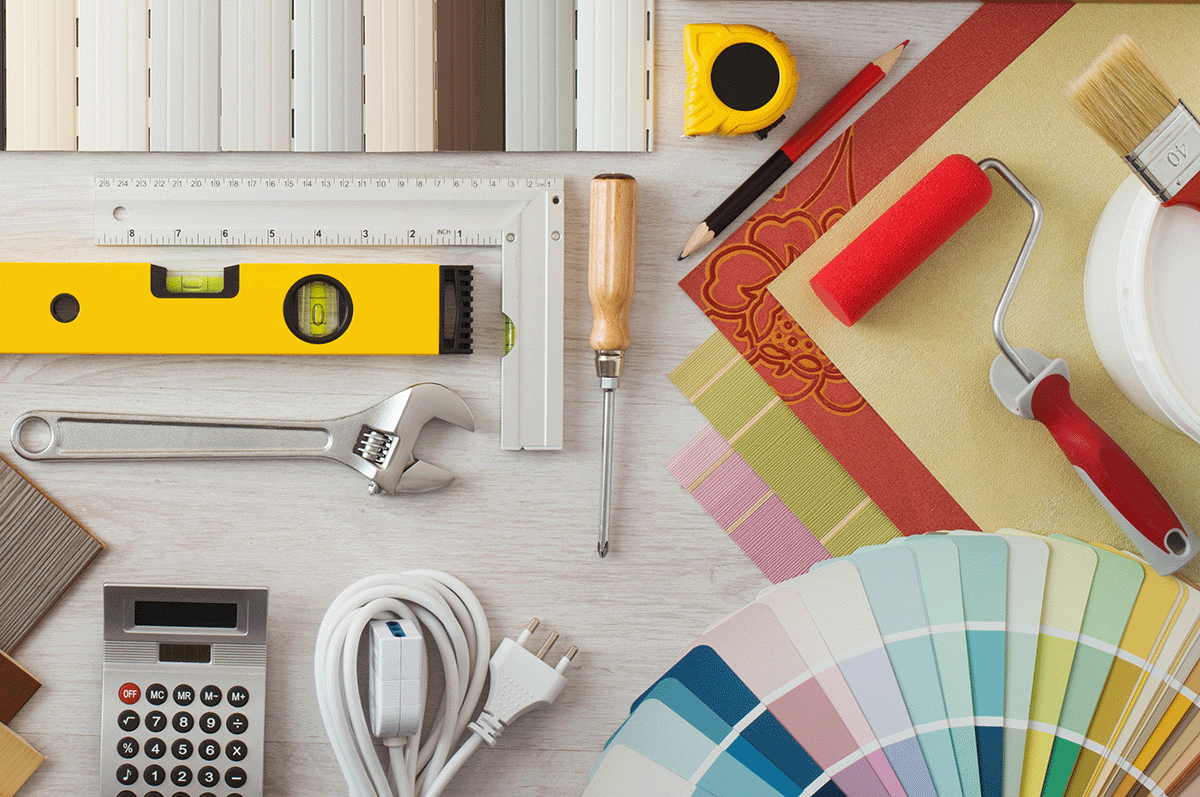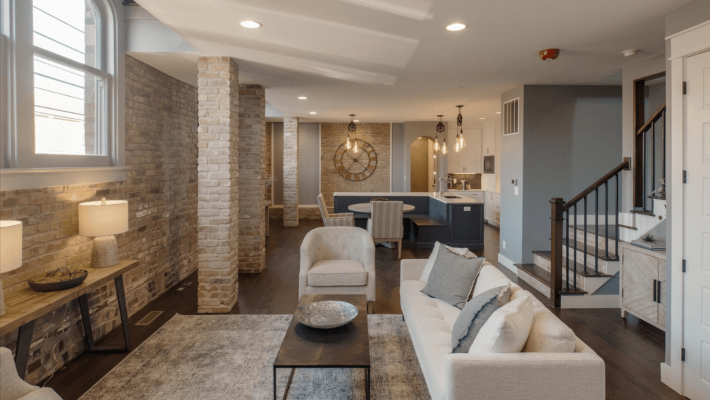You’re a smart homeowner, so you’re constantly improving and updating your home as you go along, partially because you’re keeping an eye on its resale value — and partly because you just want the place you live in to be comfortable and suitable for your needs.
If you’re like most homeowners, however, your money would run out long before you get to the end of your home improvement wishlist. To help you come up with a plan that won’t break the bank, let’s take a look at some of the high-cost home improvements people make and some low-cost alternatives you might want to try instead.
More Living Space
- High-Cost Improvement: Adding a Room
- Budget Counterpart: Converting an Attic or Basement
Everybody envies a home with plenty of extra space — and having a home office or game room is becoming a modern essential. The only problem is that adding an extra room to your home doesn’t come cheap. On average you can expect to spend about $48,000 to build an additional room onto your home — and the cost can be as high as $74,000.
Plus, it isn’t always easy to simply tack a room onto an existing structure. Depending on where you live, you may not even have the ground space for a new addition. In other areas, you may have the space but will run up against permit issues and problems getting your homeowners association’s consent for the add-on.
So skip the hassle and work with what you have, namely your basement or attic. Even if they’re entirely unfinished right now, you have a floor, walls and roof on which to build. Once you address any problems with ventilation and electrical work that needs to be added, your biggest costs will be in drywall and lighting. A basement can be a great game room since they tend to naturally keep the noise down, while an attic can be a fantastic (and private) home office.
Your Dream Kitchen
- High-Cost Improvement: A Full Remodel
- Budget Counterpart: Update the Basics
Inquire about remodeling your kitchen and you’re probably going to get sticker shock. The basic rule on kitchens is that you should spend no more than 15% of your home’s value on a complete overhaul. With the average home price in Indiana hovering around $155,000, that means you can expect to spend a little over $23,000 on the job. That figure takes into account new countertops, new cabinets, new wiring, new lights, new flooring and all the trimmings.
If that figure has you hiding under a table in terror, we’ve got good news: You can get that price tag down quite a bit by making good use of the “bones” of your kitchen. If your kitchen cabinets are in reasonably good shape, you can refinish them instead of replacing them, swap out the hardware on the pulls and add some new (matching) appliances for a fraction of the cost. Add a new coat of paint to the walls and put new tile down on the floor, and you’ll be surprised at how much life your old kitchen has.
Maybe the low-cost approach won’t immediately give you the kitchen of your dreams — but it will buy you a few more years — and that’s time you can use to save up for the major renovations later.
New Flooring
- High-Cost Improvement: Hardwood floors
- Budget Alternative: A Modern Look-Alike
Okay, we’re not going to lie: Hardwood floors are amazing. They’re natural, gorgeous and work with every type of decor and style. They’re also really, really expensive. Even mid-range flooring costs between $5-$10 a square foot. Unless you’re using reclaimed wood, you may also have some qualms about using a material that can only be obtained by chopping down more trees.
So what can you do if your old floors have seen better days and you don’t want to just cover them with carpet? There are some great modern alternatives to wood flooring that you may want to investigate. Bamboo is probably the top of the pack because it’s also a natural material but far more sustainable than wood. (It’s also easy to apply to concrete, making it perfect for that basement room you’re already planning.) Alternatives include cork (which is a little springy, making it perfect for game rooms and kitchens), and laminate designed to look like wood or wood-look tiles.
Updating the Outside
- High-Cost Improvement: New Siding
- Budget Alternative: New Door and Accents
Maybe you’re happy with your home’s interior, but the exterior could use some work. Exactly how much it may cost to install new siding will vary depending on the size of your home, the type of siding you pick and your local labor costs, but you can generally expect it to be pricey. Brick siding costs between $5-$15 per square foot and wood is $8-$12. Even vinyl will run you up to $8 per square foot if you want premium materials.
If none of that is in the budget this year, you can still refresh the outside of your home with some low-cost tricks. Start by replacing your wooden door with a new steel one in a bright color and take matching (or complementary) paint to your trim. Add in new house numbers and some updated outdoor lighting for your porch or entrance, and you’ll boost your home’s curb appeal for just a few hundred bucks.
Whatever your plans, keep this in mind: Your home really is your castle. Don’t be afraid to throw some money into renovations from time to time. The rewards really are worth it.




